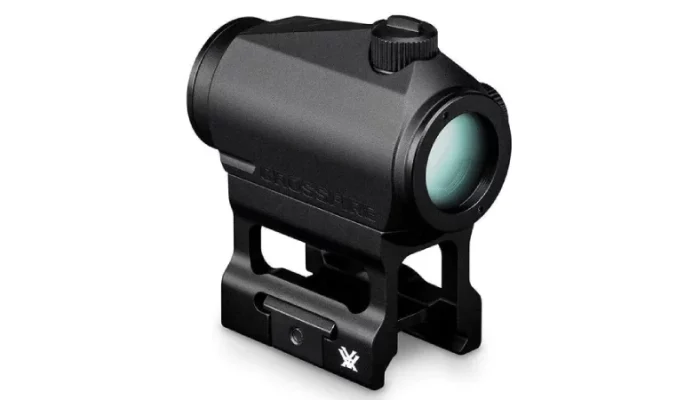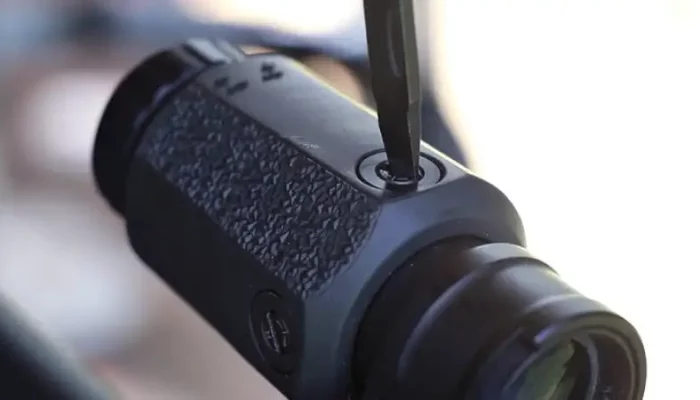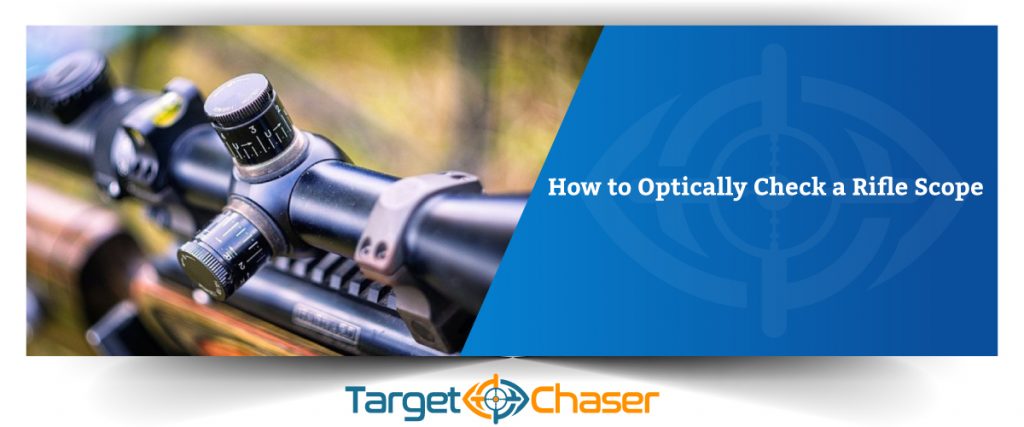Even if the magnification range doesn’t improve the aiming accuracy, it can affect it. The main purpose of using magnified optics is to have a clear field of view for perfect target acquisition at a certain shooting distance. Hence, if you use magnification range without considering the range you’re shooting for, you will end up having a bad shot.
For example, to shoot within a close range, you will require scopes with a low magnification range. The reason why you shouldn’t use a high magnification range for close-distance shooting is, it’s simply unnecessary. Using high magnification can rather give you a distorted image of the target.
To shoot from a low-close distance, you can go for either a fixed magnification scope or something like a 3-9x magnification scope which will allow you to easily zoom in/out within these ranges.

When we hunt at close range, we don’t need a “pinpoint” aiming point. The important thing here is to have a clear view of the target. So, if you look at the image above, you will understand playing around within 9x for close distance shooting is fine but going beyond that magnification range for this distance is quite unnecessary.
However, sometimes animals move behind the brush, timber, or dark shadows, in that case, many hunters use high magnification scopes to shoot in close range distance. This helps them to have a clear shot at the target.

Conversely, if you use a low magnification range for long-distance shooting, it will make it next to impossible to have an accurate shot on the target. Therefore, keep your magnification to the highest level so that you can have precise shots at long shooting distances.

Thus, choose your magnification range depending on your shooting range. It will help you to have clear and accurate shots at different distances.
FAQs
What is the point of impact (POI)?
The POI refers to the sighting-in process in a rifle. It helps you to understand the relationship between the place you are aiming (whether with open sights, scope, or other optic) and the place where the bullet is going to hit.
Does changing magnification change the point of impact?
The change in the magnification range should not affect the point of impact. If it changes the POI, it means there are some sorts of defects in the scope.
Do scopes increase accuracy?
Scopes work to provide a clear field of view so that you can have a better-aiming point on the targets. Therefore, the scopes can increase your shooting accuracy. Hence, you should purchase a high-quality scope to make the best use of it.
What magnification do you need for precision shooting?
Precision rifles are used to shoot from different ranges, especially for long shooting distances. So, find scopes that will allow you to aim from the various shooting ranges. Scopes that offer magnification ranges like 3-18x, 4-24x, and 5-30x will be perfect for precision shooting.
How far is a 10x scope good for?
If you want to aim from a close to long shooting range, the 10x magnification scope will come in handy to you. The 10x magnification range helps you to shoot beyond 300 yards of shooting distances.
Conclusion
To sum up, changing the magnification range surely affects the accuracy if not improves it. Hence, you must have a clear understanding of the scope magnification and how it’s used to aim in different ranges. To put it simply, low-range shooting distance requires a low magnification range and long distance requires a high magnification range.
Note that the shooting accuracy is not only affected by the magnification range. Other factors come into play while ensuring accurate shots on the target. Hence, when you purchase any scope, consider factors like reticle type, glass construction, the diameter of the objective lens, and so on.
Hi, I’m Brent Hansford. A writer turned hunter & now sharing my love for the sport through writing. As I practically breathe weapons, I firmly believe I’m capable of providing you with new knowledge about firearms and hunting. My mission is to help more people get better at hunting & master the weapons. Let me help with unleashing the beast within you!



